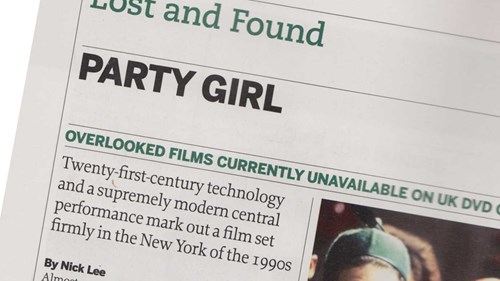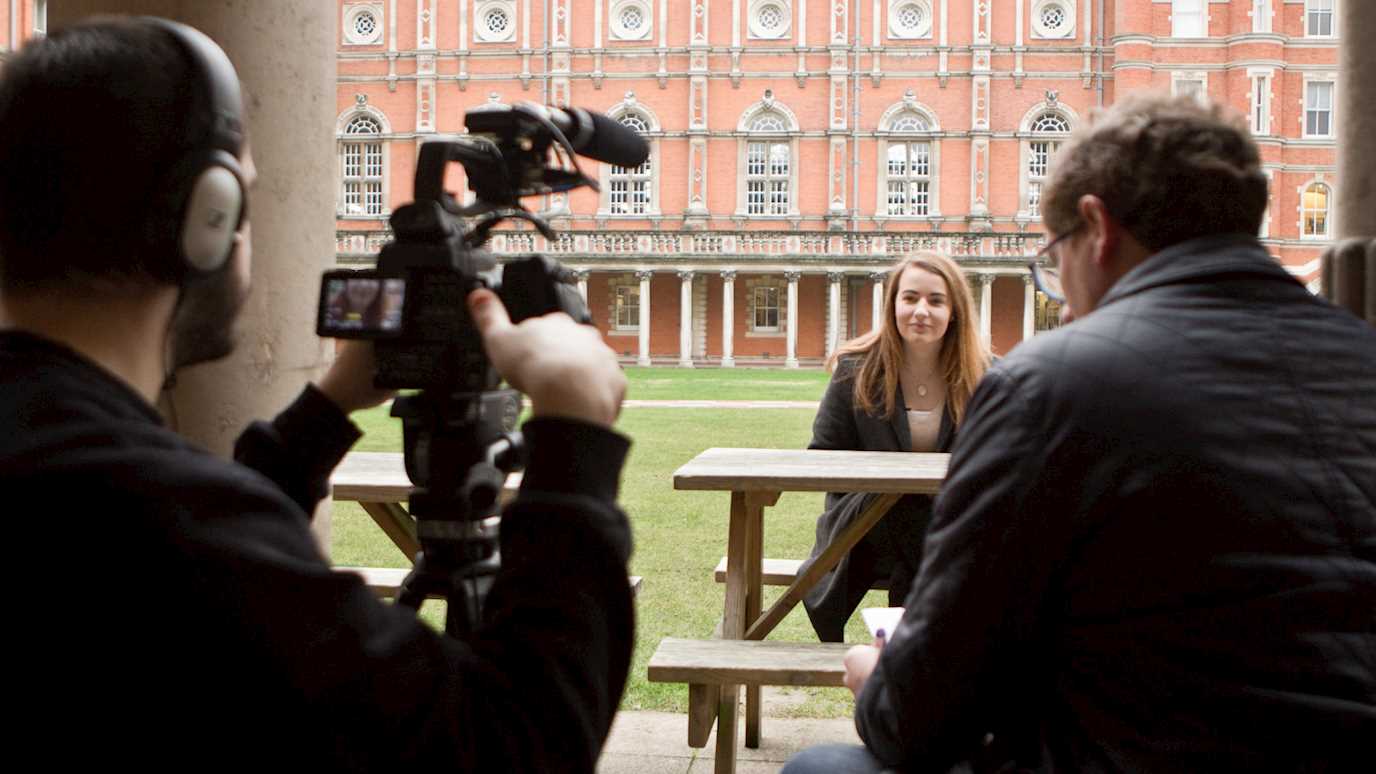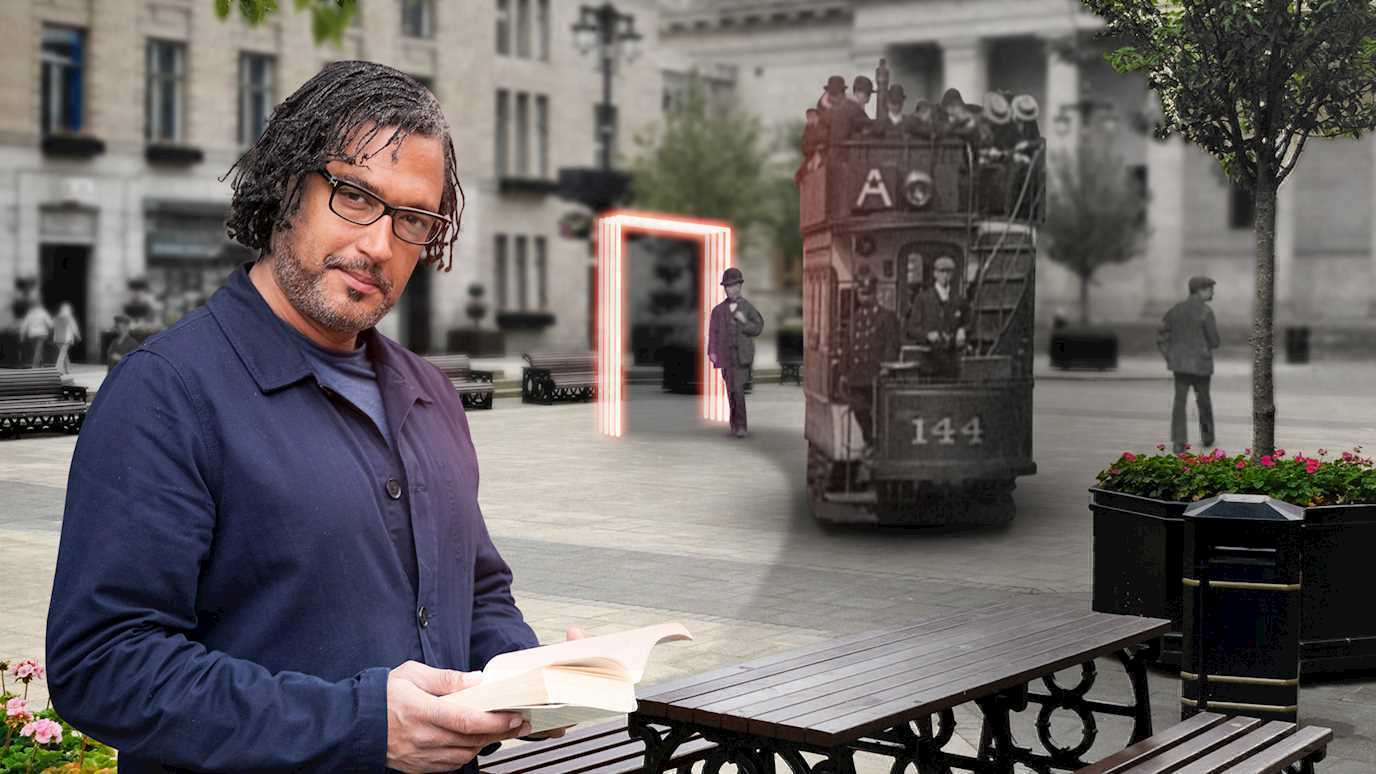A quarter of a century ago, on June 3 1995, several hundred people witnessed the world’s first online movie premiere.
With that event feature-film streaming was born. The film that ushered in this new era was Daisy von Scherler Mayer’s Party Girl. Its star, Parker Posey, introduced the film to a small global audience who then watched it via a video-conference call client (the now defunct CU-SeeMe). The film was a hit – but not a winner - at Sundance. It made $470,320 at the US box office, was transferred to VHS and then DVD in the USA but never released in the UK. Posey – who made $75 a day for her work on Party Girl - went on to star in a range of independent films and in 1997 Time magazine dubbed her the ‘Queen of the Indies’ – a reputation which, for two decades, she wasn’t able to live down.
Today, Posey stars in Neflix’s Lost in Space reboot. She has found mainstream success, and fittingly, it is through streamed video. But whilst Posey now enjoys significant recognition (both for her indie and studio work) Party Girl has been largely forgotten; UK audiences are generally unaware of its existence. However, we can now watch it – in an underwhelming 4:3 transfer – on Amazon. But even in this form it deserves acknowledgement and stands out amongst many of its better remembered contemporaries.

The film is an indie comedy-drama which tells the story of Mary (Posey), hedonistic party girl turned public librarian. But beyond the tale of a young woman who finds a professional vocation, this is a film with a social conscience - albeit a light-hearted one. Indeed, the script makes references to funding cuts to public libraries, to illiteracy, to the gender pay-gap, to the problems faced by immigrants to the USA. Mustafa (Omar Townsend), a Lebanese émigré and Mary’s love interest laments that (what can only be described as) proto-hipsters are gentrifying street vended falafel by serving it with toothpicks. The film also offers a window into the pre-Giuliani New York club-culture of the early 1990s and makes a clear attempt to represent the diversity of the milieu, even verging on an oppositional stance to mainstream culture. Its production notes make this clear in the frankest of terms:
Mary is white, her roommate is Latin, his girlfriend is black, her best male friend is gay, her boyfriend is Lebanese, her landlord is Chinese, the bosses in the film (Judy, Rene) are women and together they represent New York at its melting pot best. As Mayer notes: "We wanted to write characters that we knew but hadn't necessarily seen before, the kind of characters we like to hang out with. We didn't write any evil yuppie characters because we don't like evil yuppies."
The only white straight male in the film is the reprehensible Englishman, Nigel (Liev Schreiber), who sexually assaults Mary whilst she is high on a drug strong enough to make her ‘unborn children grow gills’. Whilst this ‘melting-pot’ could seem trite, tokenistic the film does genuinely seem to be concerned with representing the unrepresented – it contains what may be the first unabashed portrayal of the menopause on celluloid. And whilst the film seems to exoticize Mustafa in a way which jars with the unassuming manner it integrates its diverse ensemble cast, in Omar Townsend we have a Middle-Eastern male love interest almost unheard of in post-9/11 American film.
Parker Posey’s compelling performance is the film’s main attraction. In 2002 critic Alissa Quart praised her idiosyncratic acting style, ‘so mannered that it’s strangely naturalistic,’ which treads a fine line between irony and sincerity. It is this trait – seen at its finest in Party Girl - which perhaps made Posey unappealing to Hollywood studios and prevented her from achieving wider, more mainstream success. She has a habit of – almost imperceptibly - breaking the fourth wall, of somehow acknowledging the artifice of her craft whilst convincing you of her authenticity. In this she recalls the stars of silent cinema such as Louise Brookes and George O’Brien. However, it is also this characteristic, this balance between artificiality and earnestness, which film historian James MacDowell describes as one of the defining features of the ‘quirky’ studio-indies of the early twenty-first century. Whilst Posey might have been too edgy for studio pictures, her mode of performance seems to have been adopted as a tone of address in a range of independent and quasi-indie productions, from the studied detachment of Wes Anderson to the laboured indifference of performers such as Michael Cera or Zooey Deschanel. Posey’s influence is apparent, even if she still lacks the mainstream recognition afforded many of her peers.
So why has the film been overlooked, forgotten? Perhaps because it was, in many ways, ahead of its time, both in the means of its premiere and by virtue of the characters who populate its world. As Parker Posey finally achieves some form of mainstream acceptance, it is timely that we reflect on the role that launched and defined her career - the Queen of the Indies still reigns.
This article originally appeared in the February 2020 edition of the BFI’s Sight & Sound Magazine. Reproduced with kind permission.























